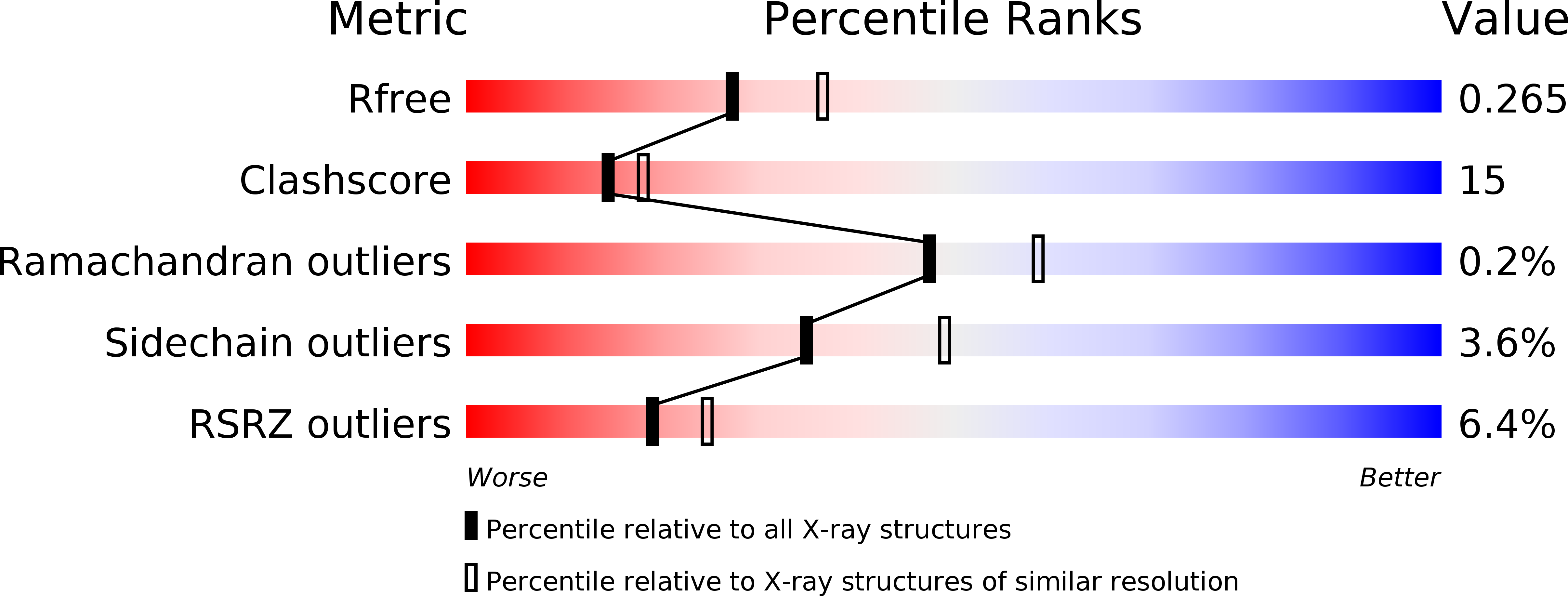
Deposition Date
2009-12-14
Release Date
2010-01-26
Last Version Date
2023-11-15
Entry Detail
PDB ID:
3L24
Keywords:
Title:
Crystal Structure of the Nerve Agent Degrading Organophosphate Anhydrolase/Prolidase in Complex with Inhibitors
Biological Source:
Source Organism:
Alteromonas sp. (Taxon ID: 232)
Host Organism:
Method Details:
Experimental Method:
Resolution:
2.30 Å
R-Value Free:
0.27
R-Value Work:
0.23
R-Value Observed:
0.23
Space Group:
I 2 2 2


